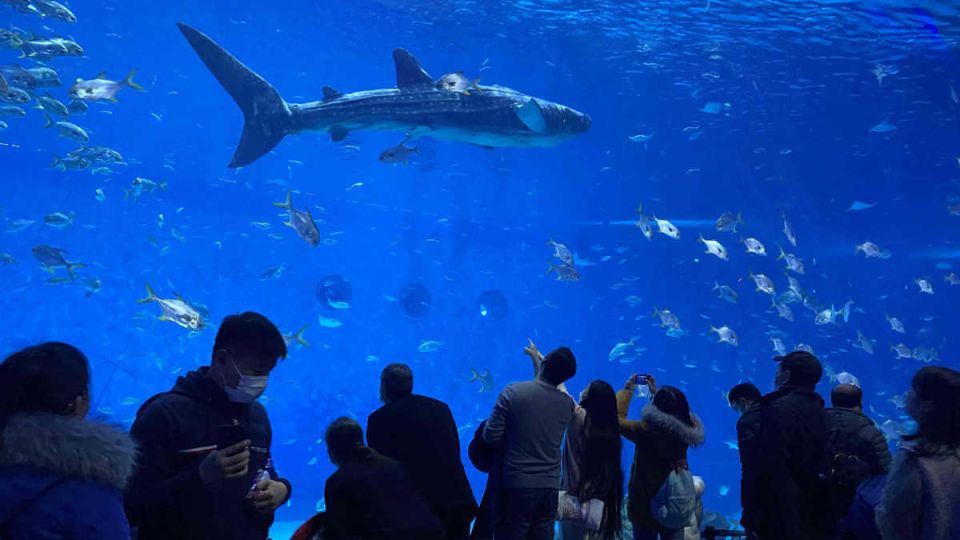February 18, 2022
SHANGHAI – Researchers at China Aerospace Science and Industry Corp, a State-owned defense contractor, have developed and made the world’s first robot whale shark.
The robotic shark has been on display in an aquarium at Shanghai Haichang Ocean Park in the city’s Pudong New Area since January.
The whale shark is a slow-moving carpet shark and the largest known living fish.
Designed and built by engineers at the Shenyang-based No 111 Factory, a subsidiary of the CASIC Third Academy, the underwater robot is 4.7 meters long, weighs 350 kilograms and can move 42 meters a minute.
Powered by a lithium battery, it can swim, turn, float and dive like a real shark by moving its mechanical fins.
The mouth and gills can also open and close like a shark’s.
The robot is capable of reaching a depth of 10 meters and can operate for as long as 10 hours, said Fang Xuelin, a senior researcher at the factory’s Underwater Propulsion Technology Laboratory who is in charge of the robot shark program.
The shark can be remotely controlled and can also swim based on preset programs or its own sensors, he said.
Having observed the huge market potential of underwater robots, the factory decided several years ago to take advantage of its expertise in space propulsion systems to develop robotic aquatic animals.
“Currently, we have built multiple kinds of robot fishes … the robotic whale shark is the largest mechanical fish we have made so far,” Fang said, adding that the biomimetic machines are made of sensors, multi-joint fins, batteries and omnidirectional obstacle-avoidance systems.
“Our robots are to serve three purposes-to perform in aquariums for entertainment, spread knowledge about the sea and aquatic animals among youngsters, and carry out scientific tasks such as hydrological surveys, underwater photography and environmental inspection.”
The factory now plans to develop more types of aquatic robots, including some extinct mammals, for display in parks and schools. It will also promote the products to businesses engaged in fields such as underwater salvage and mineral prospecting, he said.
A number of Chinese research organizations and enterprises have been involved in the research and development of biomimetic robot fish and have built multiple prototypes, but almost all of their products have yet to enter mass production because of their experimental nature.


